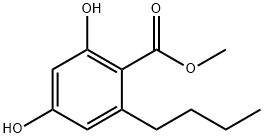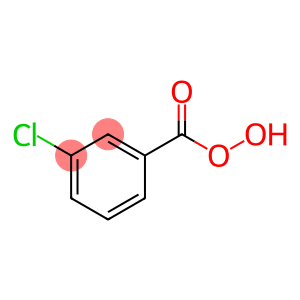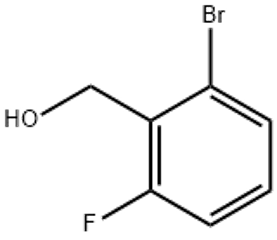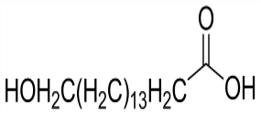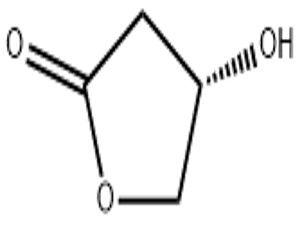1-Iodo-2-nitrobenzene(CAS#609-73-4)
| Hazard Symbols | Xn – Harmful |
| Risk Codes | R20/21/22 – Harmful by inhalation, in contact with skin and if swallowed. R33 – Danger of cumulative effects R36 – Irritating to the eyes |
| Safety Description | S26 – In case of contact with eyes, rinse immediately with plenty of water and seek medical advice. S36/37/39 – Wear suitable protective clothing, gloves and eye/face protection. |
1-Iodo-2-nitrobenzene, which has a CAS number of 609-73-4, is an organic compound.
Structurally, it is an iodine atom and a nitro group attached at a specific location (ortho) on the benzene ring. This unique structure gives it special chemical properties. In terms of physical properties, it usually appears as a light yellow to yellow crystalline or powdery solid with a certain range of melting and boiling points, with a melting point between about 40 – 45°C and a relatively high boiling point, limited by factors such as intermolecular forces.
In terms of chemical properties, due to the strong electron-withdrawing properties of nitro groups and the relatively active reaction characteristics of iodine atoms, it can participate in a variety of organic synthesis reactions. For example, in nucleophilic substitution reactions, iodine atoms are relatively easy to leave, so that other functional groups can be introduced into this position on the benzene ring to further construct complex organic molecular structures, providing important intermediates for drug synthesis, materials science and other fields.
In terms of preparation methods, it is common to use the corresponding nitrobenzene derivatives as the starting material, and introduce iodine atoms through halogenation reaction, and the reaction process needs to strictly control the reaction conditions, including temperature, reagent dosage, reaction time, etc., to ensure the selectivity and purity of the target product.
It is often used in the field of fine chemicals in industrial applications, as a key building block for the synthesis of specific bioactive molecules, and helps in the research and development of new drugs; In the field of materials, he participates in the synthesis of functional polymer materials and endows them with special optoelectronic properties, which provides an indispensable foundation for the development of modern science and technology.
It should be noted that the compound has a certain toxicity, and strict chemical laboratory safety regulations should be followed during operation and storage, avoiding contact with the skin, eyes, and inhalation of its dust, to prevent harm to the human body.



